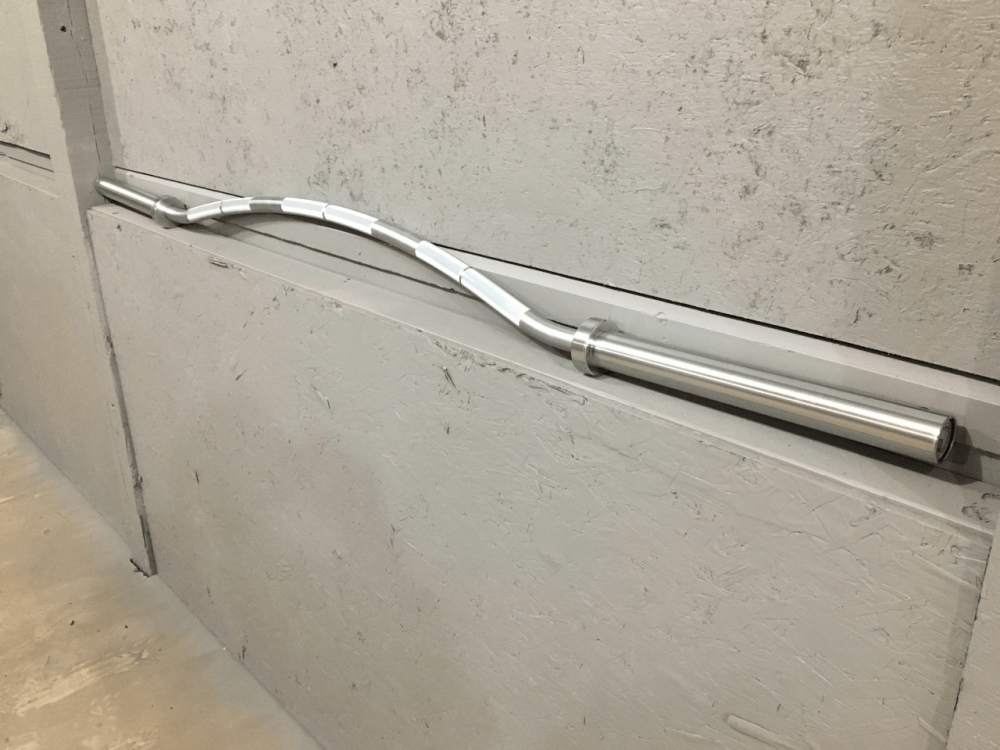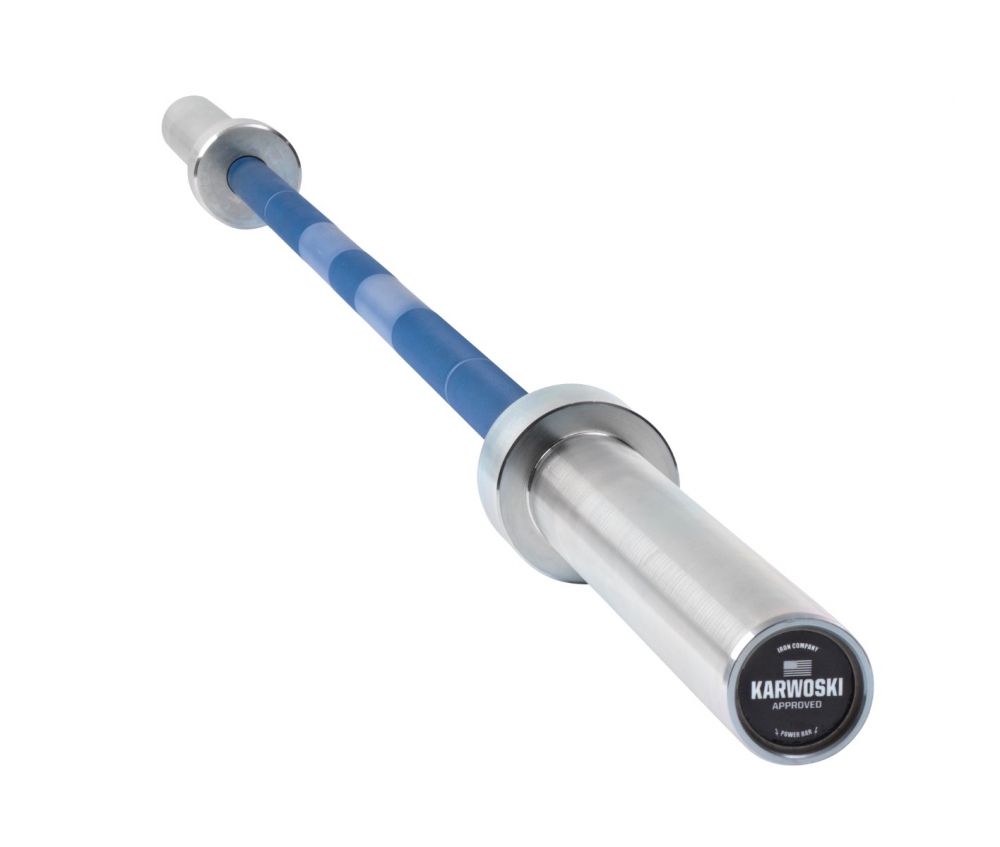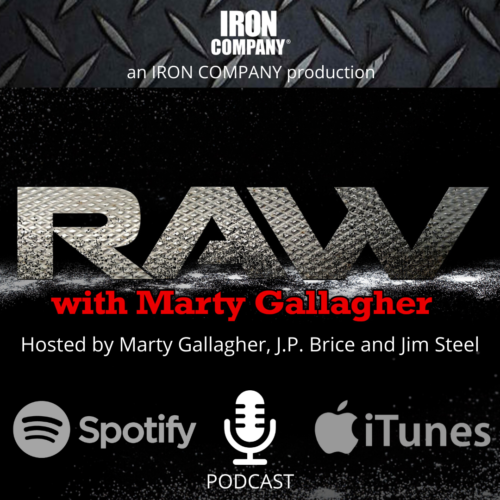
Training For A Lifetime After Playing Competitive Sports
When I played competitive sports, specifically football in high school and college and in later years, powerlifting, I never considered the chance that I could get injured while training, playing or competing. Injuries were always what happened to the “other guy”. Having that attitude enabled me to play football and lift weights with reckless abandon. I never really got seriously injured in football besides a broken elbow that was never diagnosed until twenty years later, a broken hand and broken fingers and knuckles. I can recall sitting in Dr. Davis’ Physical Education class in junior college way back in 1985 and listening to him talk about the difference between competitive sports and sports or activities that one can continue to participate in for a lifetime. He compared football to golf, with football being an example of a competitive sport that (in most cases) cannot be sustained past the age of 40, and golf as an example of a sport that can be played well into your seventies and even in your eighties. He called golf a “lifetime activity.” I remember thinking, why can’t lifting weights be a lifetime activity? Even back then, I knew that being strong is the foundation of staying healthy, the base of the pyramid of total health.
A few years back, out of necessity, I put my theory of weight training as a lifetime activity to the test. Fourteen years of football and around ten years of powerlifting and a brief go at competitive Muay Thai, I didn't really have an acute injury that I can recall. But when I got done with football and powerlifting, my body started to break down a little more each year: Back surgery, two elbow surgeries, a blown disc in my neck, numb fingers that nobody can diagnose, something going on with my MCL and also my shoulders and a general creakiness that just stays with me. I am not complaining, mind you, it's just reality, and everything that I did was my choice. I do not regret a second of any of it.
The problem with my body rebelling on me was that I still needed to train, and I needed to figure out a new way to train and choose exercises that didn't bother what was already bothering me. I needed to come up with a plan that enabled me to use training as a lifetime activity.
Let me tell you how I switched my training around because of some injuries.
Having always been a big barbell squatter, I needed to find alternatives to the straight bar back squat. Leg press actually made my back feel worse and I have never thought much of it as a strength exercise or a muscle building exercise, anyway. Safety Squats (aka “yoke bar”, "Hatfield Bar” or "Marrs-Bar") didn't feel bad to me. What I figured out was that with the straight Power bar, I had to really lean forward to get the bar over the middle of my feet, but with the Safety Bar, the bar was already almost over the middle of my foot without leaning over much. This felt much better to my back and I was actually able to push some decent weight once again. Recently, I have used a “bent” Olympic bar, like the IRON COMPANY Beefalo Bar, that feels okay to my back, the bar stays higher on my back and doesn't move around at all, minimizing some low back involvement.
I have tried to go back to straight bar squats a few times, and it still does not feel right to me, so I have stuck mostly with the Safety Bar.
Deadlift has always been my favorite exercise, and one that I think is indispensable for overall strength and thickness. I tried some after my surgery and although it didn't feel as bad as straight bar squats to my back, I knew that the best way to approach them would be to do them once in a while and rotate in exercises that don't tax the low back too much. I focused mainly on chest supported movements like incline support rows, T-bar support rows and I also changed my form on one arm rows. Bodybuilder Ben Pakulski introduced to me through his video courses a way to do one arm rows that minimized twisting of the back and made the movement feel more solid. Pakulski espoused putting the same foot and same arm forward when you were rowing the dumbbell, and to put most of your body weight on the front foot. I immediately noticed the difference and added that form to my exercise list. I have actually began deadlifting a little more often now and have felt no ill effects, but I'm being smart: adding weight incrementally each week or so and listening to my body.
Shoulder training was a whole other ball of wax. I had tweaked something in my shoulders doing some one arm presses, and it affected my bench press and definitely my overhead pressing. So I began doing set after set of side lateral raises and dumbbell seated presses didn't feel too bad, but what really enabled me to press again was a seated cable press. I reckon it's because I can manipulate the handles in a certain way and control the cables more than an Olympic bar or dumbbells, letting me keep a pressing groove that feels fine to my shoulders. As far as shrugs go, regular shrugs made my neck feel like hell, but if I sat on a cable rowing machine and kept my arms straight and shrug back towards the upper back and not straight up like a traditional shrug, my traps get hit hard and my neck felt fine.
Arm training needed some retooling also. Because of my elbow surgeries, all forms of extensions except overhead two arm dumbbell extensions (flaring the elbows slightly out), and rope pushdowns and dips (surprisingly) were out. I also use a triceps extension machine were my elbows are on a pad at times. I just move my elbows around until I find a position that doesn't bother them. I used to use some decent weight in dumbbell curls but all I got out of swinging the 80’s around was a wonderful case of tendonitis and no arm size to speak of. I had lowered the weight a few years ago on all my curls, and my arms grew better with the 30-40 pounders than they did with the heavier weights. Recently, however, my shoulder has prevented me from doing any type of curls where my shoulder is not supported, so I do a whole bunch of preacher curls. I can do some hammer curls as long as I keep them strict and controlled.
As far as the modalities that are popular today, the foam rollers and lacrosse balls and other implements that everyone is rolling around on these days before their workouts, I tried them. They actually made me feel worse but that doesn't mean that you shouldn't try them. Give them a shot and see if it loosens you up or relieves pain. I despise warmups, I just want to get to the training, but I force myself to do a few light warmup sets of the exercise that I am about to perform. In the past, I would just load 315 on the bar and begin, but now I ramp up the weights with small jumps at a time.
What I am showing you with the above examples is that there are always ways to work around injuries and enable you to continue training. You will need to put your ego aside at times but know that the battle is still being fought and most importantly, you're still in the arena, going to the gym and staying strong, building muscle and staying healthy.
I hate when folks talk about being old and not being able to do the things that they used to do in the weight room. Sometimes they just quit trying. If you quit, you will regret it. Weak and feeble is not the way to go as you age. Never quit lifting weights! Even standing there with a bar on your back will make your bones stronger. Strength is everything. Never stop! However, just like I had to, you may need to find ways to work around old injuries. So what? You work around them, and you are smarter than when you were just a kid, so you devise a program that you CAN do and get to work. And guess what? You may have to make changes for as long as you train. Again, so what? Right, you are still training, and that’s what is really important.
About The Author
Jim Steel has been immersed in athletics and the Iron Game for most of his life. He has been a college football player and coach, powerlifter, Muay Thai fighter and is currently a competitive bodybuilder. In 1999, Steel was named Assistant Strength and Conditioning Coordinator at the University of Pennsylvania, and moved up to Head Strength and Conditioning Coordinator in 2004. He is the owner of the blog basbarbell.com, and is a motivational speaker, frequent podcast guest and the author of two books, Basbarbell Book of Programs and Steel Reflections. Steel is a Certified Strength and Conditioning Specialist with the National Strength and Conditioning Association.





